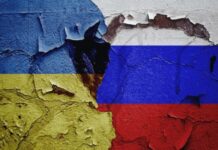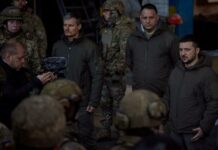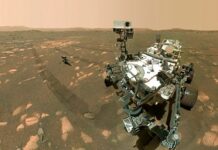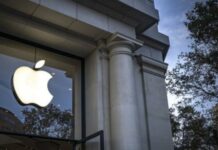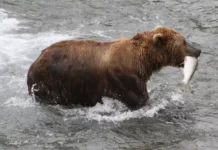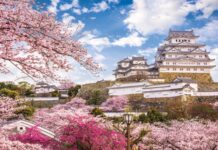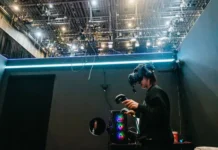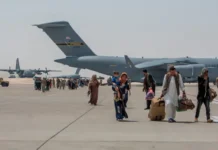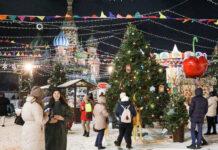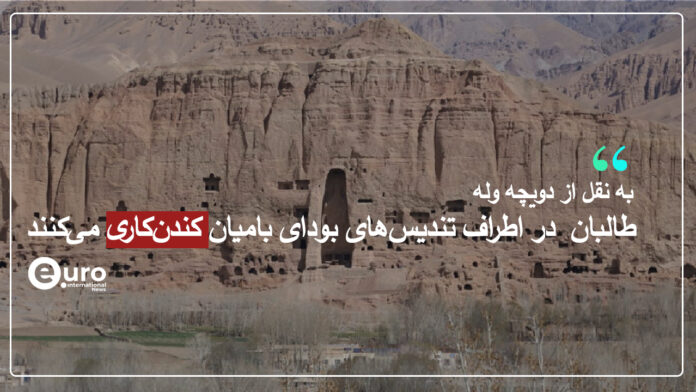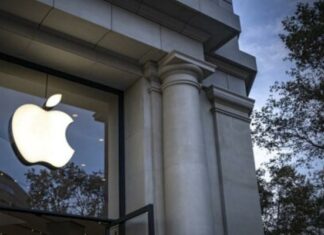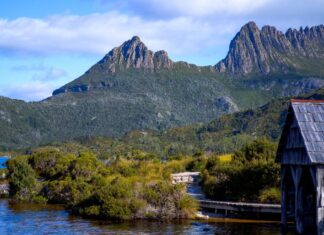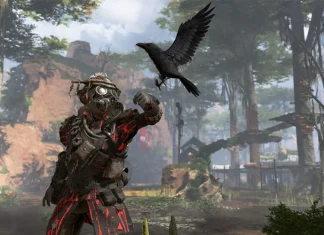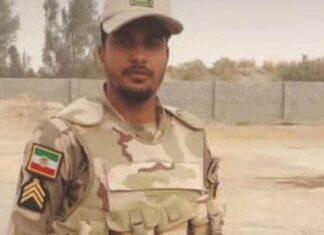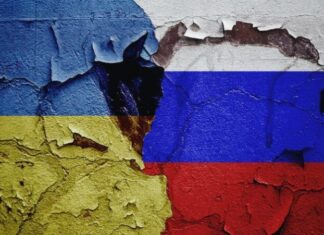Sources told Deutsche Welle that Taliban members were digging behind and in front of Buddhist statues in Bamyan and that people were not allowed to enter the two areas. What is the purpose of the Taliban digging in these historical areas?
Locals and a government source in Bamyan told Deutsche Welle that Taliban were digging and digging both behind and on the slopes of Bamyan Buddhist statues that exploded in 2001.
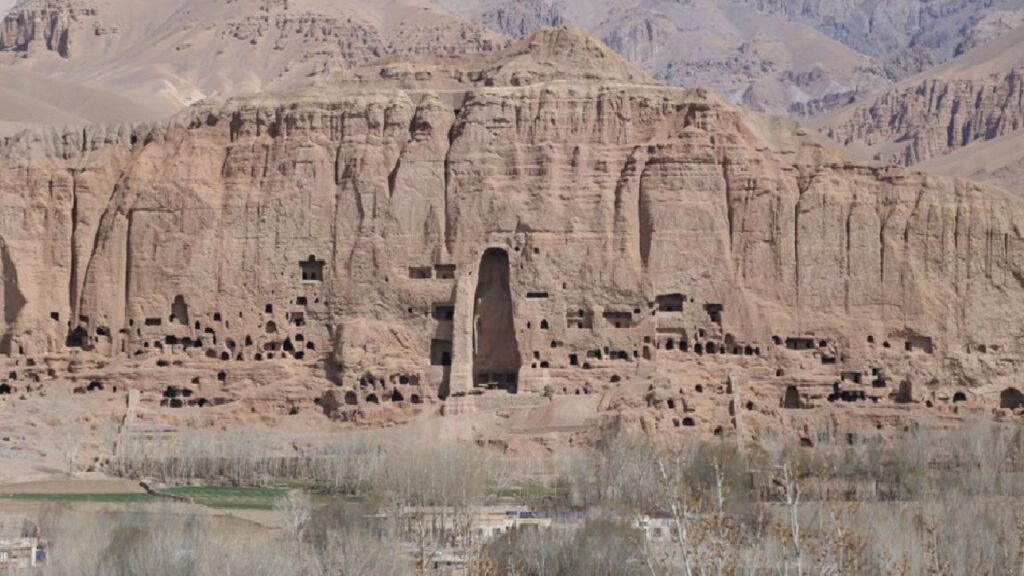
An employee of the Bamyan Department of Information and Culture, who did not want to be named in the report for security reasons, told Deutsche Welle that Taliban forces had dug about 15 to 20 meters behind the Buddha, 53 meters from the Buddha.
“The Taliban are digging behind the Buddha, and travel in the Buddha area is still forbidden and no one is allowed,” a local resident told Deutsche Welle on condition of anonymity.
The excavations are taking place in an area where archaeologists have suggested there may be a Buddhist temple under the ground.
“The digging at the foot of the Grand Buddha is being carried out by Pakistanis who do not understand Pashto or Persian, and it is possible that they will blow up the empty 53-meter Buddha porch again,” said the Information and Culture Department official. “Traffic is strictly prohibited.”
Locals also confirm that excavations have been carried out in the area behind the Buddha statues and that the Taliban have been banned from traveling to the historic site at the foot of the Salsal Buddha for 10 days.
The 53-meter statues of Salsal and the 35-meter statues of Shahmameh were blown up by the Taliban on March 11, 2001, and repeated international demands failed to stop the Taliban.0 seconds of 0 seconds Volume 90%
Mullah Abdullah Sarhadi, who was in charge of the Taliban’s military in Bamyan at the time and thus took part in blowing up the statues, is now the Taliban governor in the province.
The Taliban governor in Bamyan confirmed to Deutsche Welle that Taliban forces had been digging behind Buddha Salsal, but added that “this has now been banned.”
“There was a message from the ministries that there was a treasury here, but nothing,” Mullah Sarhadi said. “Now we will stop digging and there is no need to worry.”
But the governor of Bamyan denies the excavations in the area of the foot of the Salsal Buddha, saying that he has ordered the first security district to prevent any arbitrariness and digging of Taliban forces in these areas.
Looting and looting of antiquities in Bamyan
During excavations over the past 20 years, dozens of artifacts and antiquities have been discovered by foreign archaeologists from historical sites and stored in the Chunya and Pre-Buddha hills. Unit 012 of the former government police protected these works.
These antiquities included small sculptures, the head and trunk of the statue, jars, spheres, oil paintings and other artifacts that, according to former officials, had been looted.
Ishaq Movahed, the former head of intelligence and culture in Bamyan, told Deutsche Welle that the Taliban entered Bamyan on August 15, disarmed section 012, and looted some of the antiquities.
“The commander of the unit told me that we had been disarmed by the Taliban. Some of them looted the antiquities and wanted to transfer them, but at the gate of the Six Bridges, other Taliban people stopped them,” Movahed said. “Since then, these works have been missing.”
But the Taliban governor in Bamyan says Taliban forces have done no damage to antiquities and historical sites and will be prosecuted if anyone misuses the Taliban name.
It is worth mentioning that the areas of Salsal Buddha, Shahmameh, Kakark Valley, Ghalghaleh and Zahak historical cities, Kafri Fortress, Ghami Valley and Qul Akram are among the eight historical sites that were established in 2003 by the United Nations Educational, Scientific and Cultural Organization (UNESCO). At-risk areas were recorded.



